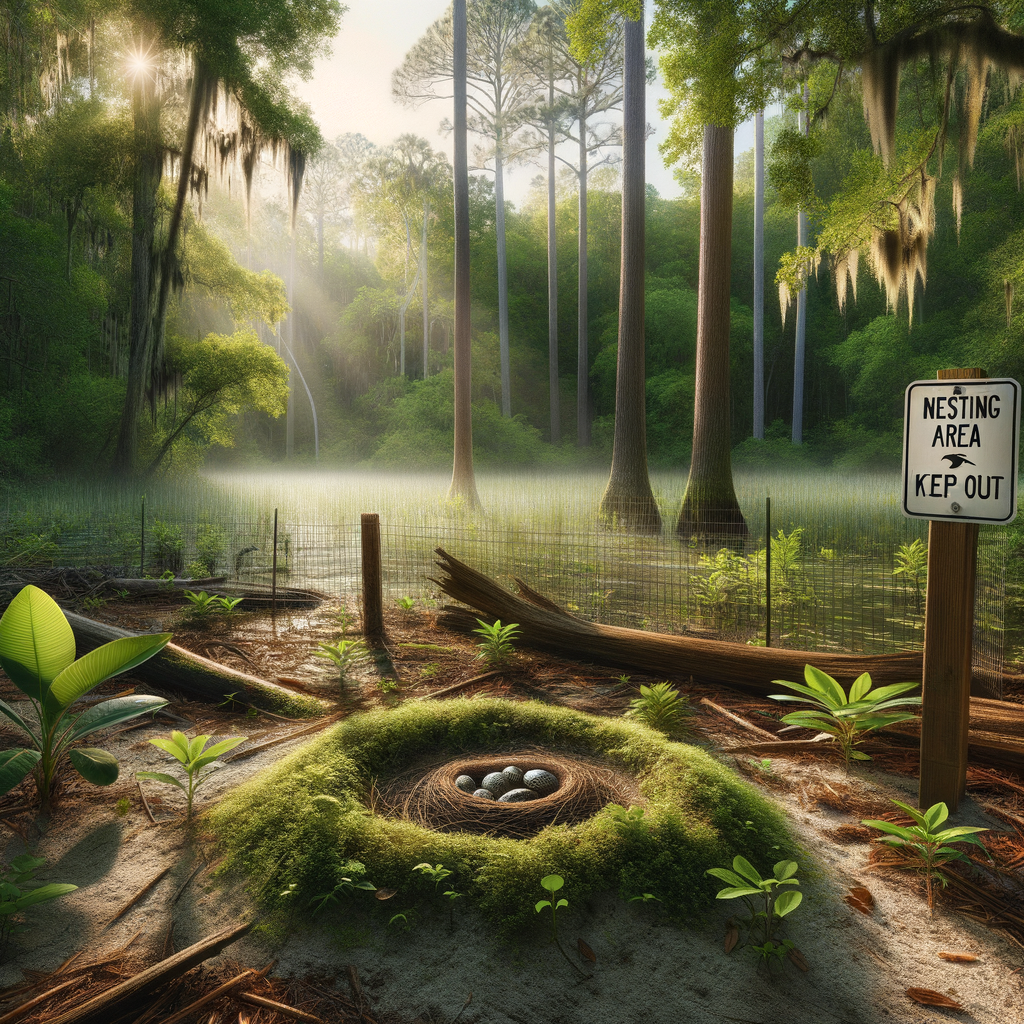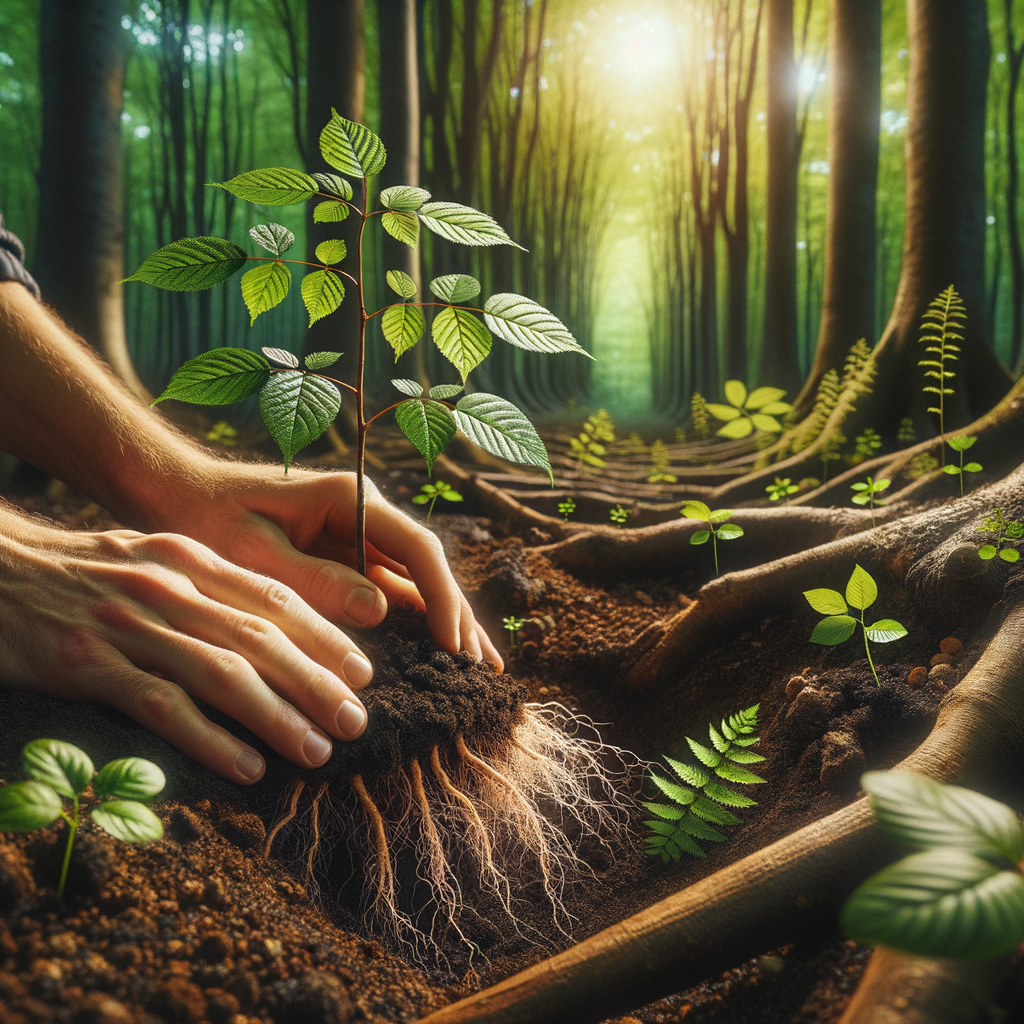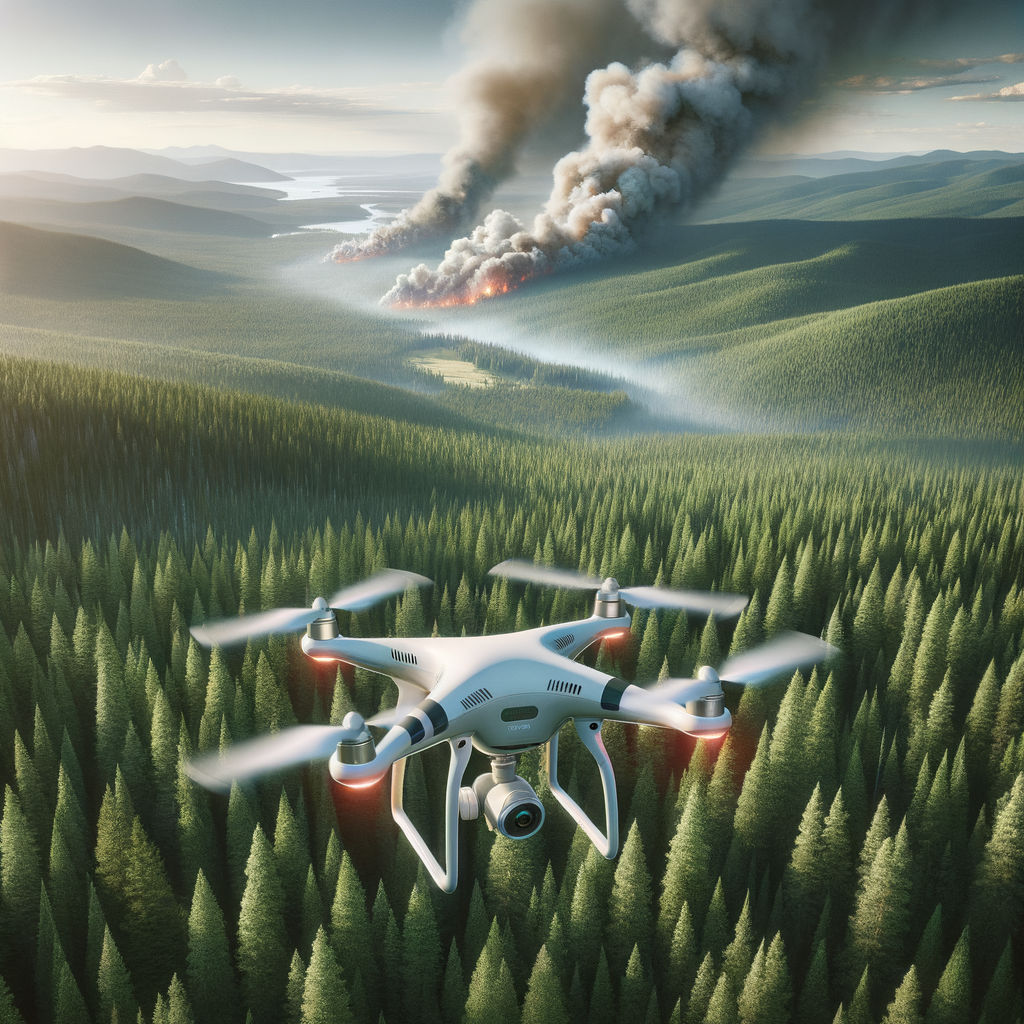Wetland Edge Restoration Insights for July
The natural world has always held a special place in my heart. There is something truly magical about the sound of birds greeting the dawn, the gentle rustling of leaves as a deer moves quietly through the underbrush, and the subtle shimmer of sunlight dancing on a calm pond. These moments remind me why wetland edge restoration is such a crucial effort. It is not just about planting or cleaning; it is about healing ecosystems, protecting biodiversity, and rebuilding the vital connection between people and the earth.
Understanding Wetland Edge Restoration
Wetland edge restoration focuses on renewing the vital boundary zones where wetlands meet other land types such as forests, grasslands, or urban areas. These edges are dynamic interfaces rich in life and essential for many species. Restoring these edges means improving water quality, stabilizing shorelines, and creating habitats for fish, birds, amphibians, and countless other animals.
Wetlands themselves act as natural filters, flood protectors, and carbon sinks. But the edges—where water meets land—are especially vulnerable. They can suffer from erosion, invasive species invasion, or altered water flow, all of which harm the ecosystem's balance. Wetland edge restoration therefore plays a critical role in ensuring the wider wetland ecosystem thrives.
Why Focus on Wetland Edges?
The edges of wetlands are hotspots of biodiversity. They provide food, shelter, and breeding grounds that many species depend on. For example, amphibians need both aquatic and terrestrial spaces during different stages of their life. Birds rely on vegetated edges for nesting and feeding. Healthy wetland edges also reduce erosion by stabilizing soil with native plants, which in turn helps keep water clear and clean.
Moreover, restored wetland edges improve ecosystem services that we depend on, such as water filtration, flood mitigation, and carbon storage. They act as buffers filtering pollutants before they enter larger water bodies. For communities near wetlands, this means safer drinking water and better protection against storms.
How I Approach Wetland Edge Restoration
Restoration work varies depending on the particular site. Each wetland edge tells a unique story shaped by its history and environment. When engaging in restoration, I focus on these key steps:
1. Detailed Assessment and Planning
Before taking action, it is essential to understand the area’s original state, current condition, and the factors causing degradation. This step involves studying native plant species, soil types, hydrology, and local wildlife. Collaboration with local communities and experts helps craft a restoration plan tailored to the site’s needs.
2. Controlling Threats
One major threat to wetland edges is invasive species. These plants and animals often outcompete and replace natives, reducing habitat quality. Removing invasives and limiting human impacts such as pollution or off-trail walking helps create a healthier environment for native species to recover.
3. Replanting Native Vegetation
Planting native trees, shrubs, grasses, and aquatic plants is vital. These native species are adapted to the local conditions and support the wildlife dependent on the wetland. Often, seeds or cuttings come from nearby healthy habitats or carefully maintained nurseries.
4. Restoring Natural Water Flow
Many wetland edges have been altered by human activity—ditches dug, dams built, or drainage systems installed. Restoring the natural movement of water through these edges helps reestablish the wetland's function. Sometimes this means removing barriers, reintroducing meanders, or reflooding drained zones.
5. Ongoing Monitoring and Adaptive Management
Restoration is not a one-time project. Conditions change, and new challenges arise. Monitoring plant growth, wildlife return, and water quality over time allows adjustments to management practices. Flexibility ensures long-term success.
Encouraging Success Stories
It is inspiring to see wetland edge restoration producing real results. In some areas of the Mississippi River Delta, restoration efforts have reversed shoreline erosion and created vital habitat for fish and waterfowl. Closer to home, restored urban wetland edges have welcomed back native birds and amphibians, turning threatened pockets of nature into flourishing refuges.
These stories highlight the power of care combined with science. Communities coming together to heal wetlands demonstrates what is possible when people invest time and effort.
Why Everyone Should Care
You might think that wetland edges are far from your everyday life. But their health affects us all. Wetlands filter the water we drink, control floods, and help slow climate change by storing carbon. Healthy wetland edges keep soils in place, shield communities, and support fish and wildlife populations that many people rely on for recreation and food.
Even small actions like planting native species in your backyard or supporting local wetland restoration organizations make a difference. They strengthen the network of habitats essential for life on earth. Connecting with nature in this way benefits mental health, community well-being, and our shared environment.
Final Thoughts
Wetland edge restoration is a vital, hopeful endeavor. Witnessing a degraded wetland edge begin to recover fills me with optimism. Nature has an incredible capacity to heal if given the chance. We have the knowledge, tools, and will to make a difference.
If you have ever paused to watch a dragonfly skim across water or listened to frogs calling at twilight, then you understand why restoring wetland edges matters. Together, we can help these vital ecosystems rebound—one edge at a time.
Join me in breathing life back into wetland edges because restoring habitat means restoring hope.




